The Benefits Of Trail Braking

Yes, you can lean and brake at the same time.
The internet is full of riding advice, isn’t it? Do this. Do that. Hang off. Knee down. Elbow out(!). You get the picture. Now, allow me to add my two cents to the armchair debate, on the subject that’s arguably the most controversial among internet rider coaches everywhere – whether or not to trail brake. The short answer is yes, you should be trailing the brakes. But we’ll get to the reasons why in just a moment.
First, let’s recap what trail braking is in the first place. In case you don’t know, trail braking is when you are applying the brakes and turning/leaning the motorcycle at the same time. Simple physics says this is entirely possible, but somehow riders started to believe – and subsequently tell others – that the act of braking should be done while the motorcycle is completely up and down, with no lean angle, as to not overload the tires. Only after you’ve slowed the bike to your desired speed should you turn.
Debunking the myth
While the explanation for not trail braking makes sense to the uninitiated, it’s simply not the most effective way to slow a motorcycle. To explain why trail braking is not only possible but preferred, let’s first revisit the concept that a motorcycle tire has 100 points of grip. A simple Google search for “100 points of grip” goes into great detail about what this is all about, but the concept really isn’t that hard to understand.
If you look at your tire, especially the front, as having 100 total points of grip to distribute between braking and turning, if you commit 75 points to braking you have 25 points left to turn the bike. Commit 90 points to braking then you have 10 left to turn. The inverse is true also; commit 60 points to turning then you have 40 for braking. You get the point here. If you add more of one then you take away from the other. And yes, if you commit 100 points to one then you have none to give to the other. You also don’t have to spend all 100 points each time you brake and/or turn, either (slowing for an uphill corner, for example, will let you use more engine braking and gravity to help slow you). And lastly, you always have 100 points of grip, but different factors can increase or decrease the value of those points. Weather, road conditions, tire condition, and the type of tire (sport tire vs. adventure tire vs. cruiser tire) are just a few examples affecting the value of those points.
With an understanding of the 100 points of grip philosophy, trail braking should make more sense. If you no longer have to separate braking and turning, you can brake later than you normally would if you stayed completely vertical for the entirety of the braking zone. As you apply the maximum amount of braking, using all 100 points, the bike is still upright. Then, as the speed comes off and the front tire is loaded, you can gradually release brake pressure, freeing up some points for turning until you reach maximum lean angle and use up all of the tire’s turning points without any brake points.
Let’s move away from the extremes for a second because we’re rarely at the extremes of our bike’s controls. Instead, we’ll imagine ourselves on a mellow street ride approaching a downhill, wide radius corner. We only need to scrub a little bit of speed, so we only need to dedicate a few braking points to make the corner and keep the bike settled, but since we’re going downhill, gravity is working against us. So even though we don’t need a lot of brakes, we do need light brake pressure, longer. All while leaning the bike slightly. Still, in this scenario, the combined braking and turning points being used are less than 100. The point is that just because you have 100 points of grip, you don’t have to use all of them if you don’t need to.
Other Benefits
It’s easy to think of trail braking as having a real advantage in racing, especially considering the explanation above allowing the rider to brake later than before. But trail braking has benefits beyond the race track. For example:
- Keeping some amount of brake pressure helps load the tire, putting a bigger contact patch on the ground.
- Trail braking, even a light amount, keeps the suspension loaded as well, steepening the rake angle and allowing the motorcycle to turn a smidge quicker.
- Trail braking isn’t exclusive to the front brake. You can trail the rear brake as well; making it a useful tool for tightening a corner.
- It’s useful in evasive maneuvers also, like when you’re riding through a corner and suddenly find something on the road, forcing you to change trajectory. In this instance you’re distributing the 100 points in an opposite manner from my example above. Depending on how many points you’re using for lean angle, you instead apply an appropriate amount of brake pressure until you’re able to come upright and use all your grip points to come to a stop, or use enough grip/brake points to change your direction and avoid the obstacle.
The point here is that braking and leaning are not mutually exclusive. Trail braking is not only possible, it’s encouraged and an effective way to stop, turn, and otherwise control your motorcycle. The key here is being smooth with your inputs so you load – but not overload – your tires. Practice it on roads you’re familiar with, or even big empty parking lots (I hear Coronavirus has turned mall parking lots into barren wastelands…), and see how you can lightly apply the brakes before gently applying lean angle. Then work backwards and gently use the brakes while you’re leaned over a small amount to see how the technique can be used in emergency situations.
ABS (especially Cornering-ABS) are useful safety nets in case you get greedy with the brakes, but are definitely not technologies you should rely on. Get comfortable with the concept of trail braking, and you’ll be amazed at how much more control you have over your motorcycle.

Troy's been riding motorcycles and writing about them since 2006, getting his start at Rider Magazine. From there, he moved to Sport Rider Magazine before finally landing at Motorcycle.com in 2011. A lifelong gearhead who didn't fully immerse himself in motorcycles until his teenage years, Troy's interests have always been in technology, performance, and going fast. Naturally, racing was the perfect avenue to combine all three. Troy has been racing nearly as long as he's been riding and has competed at the AMA national level. He's also won multiple club races throughout the country, culminating in a Utah Sport Bike Association championship in 2011. He has been invited as a guest instructor for the Yamaha Champions Riding School, and when he's not out riding, he's either wrenching on bikes or watching MotoGP.
More by Troy Siahaan



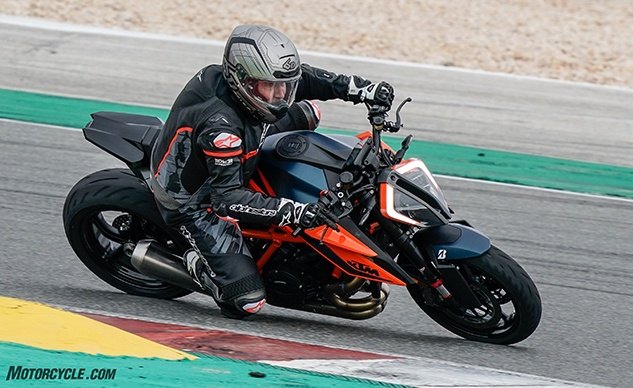

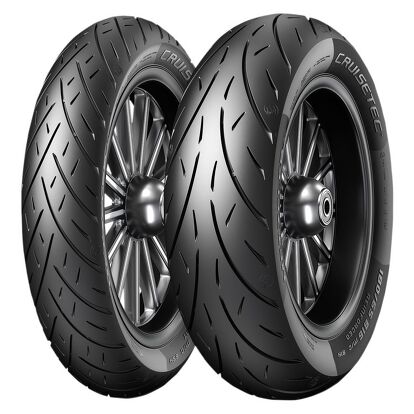








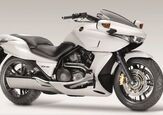
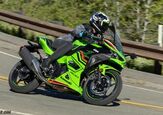
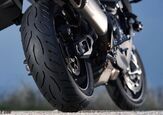




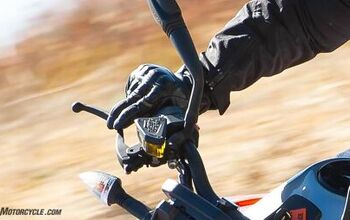
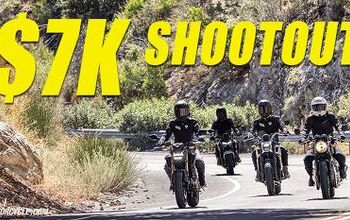

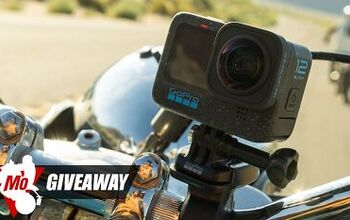

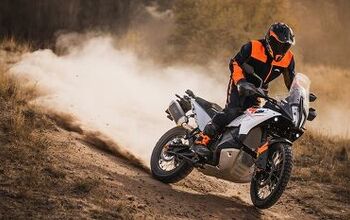



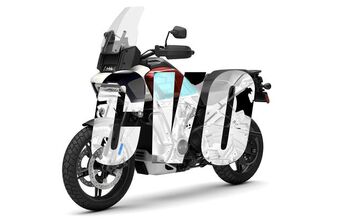

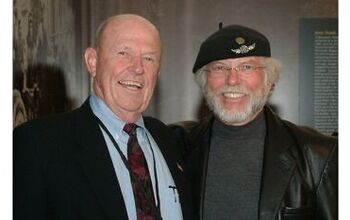
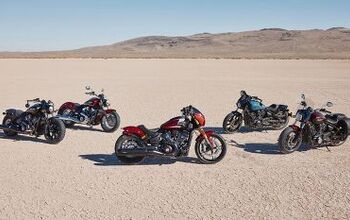
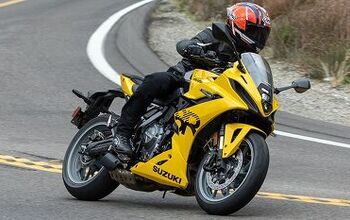
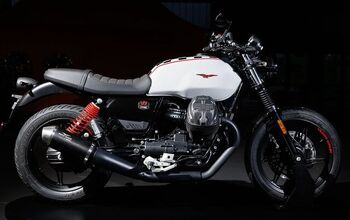
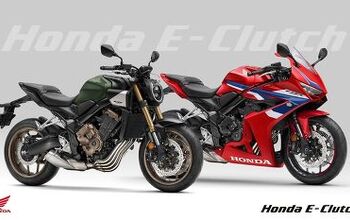
Comments
Join the conversation
before ever reading about it i started doing this many years ago when circumstances demanded. i always put it down to a bad habit that had creeped up on me. One that would eventually bite me in the ass, ha! Then i learned otherwise
That 100 points of traction can turn to 5 points if you hit sand, oil, or ice.